Soil Humidity Measurement
There are many ways to measure soil moisture. These range from the laborious but reliable and accurate gravimetric (weighing) method of soil samples, to the use of portable soil moisture meters as well as permanently located devices with accompanying dataloggers.
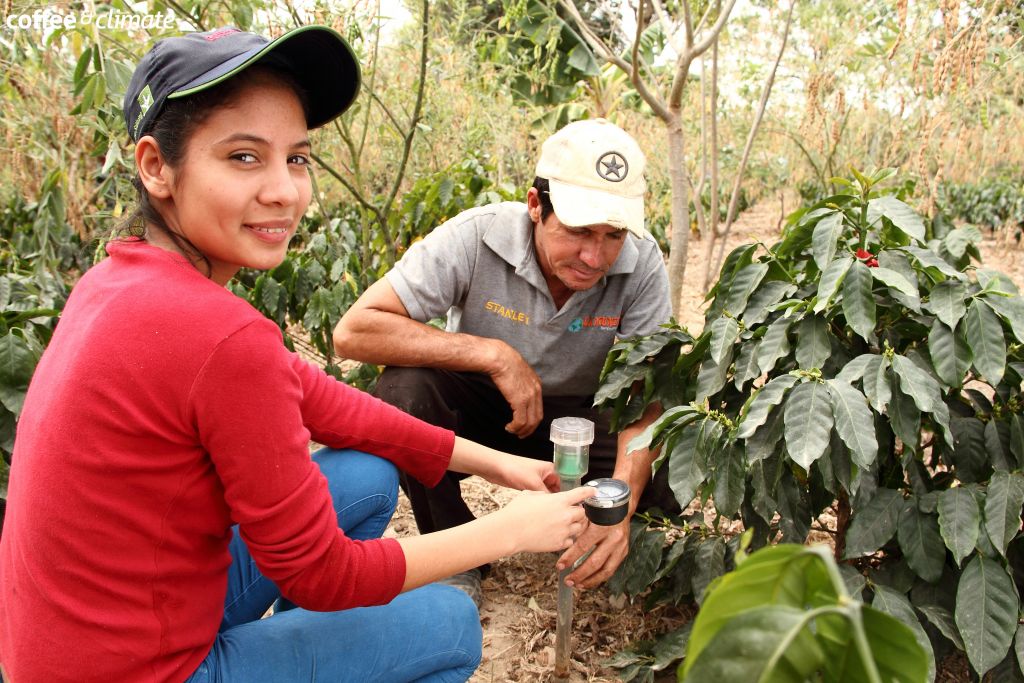
Concept
Soil humidity is a key factor in coffee production but needs careful consideration on how to measure it. A range of methods are available:
- Gravimetric: soil samples are collected, weighed, oven-dried (~100 C) and weighed again. From before and after readings, the soil’s water content is easily calculated as a percentage. This method can be used to check the accuracy of other measurement methods.
- Electromagnetic: capacitance and time domain reflectometer (TDR) sensors measure the response of the soil to an applied voltage or electrical pulse, which is calibrated to moisture content. These are generally regarded as the most accurate, instantaneous and flexible ways to measure humidity over a wide range of soil textures and moistures.
- Tensiometer: as the soil dries, soil water tension (suction) increases, which draws water from a reservoir in the tensiometer through a porous ceramic tip, creating a vacuum in the sealed tube which is measured and calibrated to soil humidity.
Drawbacks
- The gravimetric method is time consuming and not suitable for routine field measurements of many plots.
- Tensiometers must be in constant soil contact and are installed semi-permanently. Their useful range is narrower than other methods, are not accurate for very dry soils and tend to be used in conjunction with irrigation systems.
- There are many inexpensive electromagnetic instruments available which are aimed at the home garden market, but these are not recommended for research or routine field use in coffee. Electromagnetic need to be constantly calibrated to be accurate.
Costs
- Gravimetric method requires a kitchen balance and an oven (conventional or microwave).
- Electromagnetic devices: TDR300, TDR100, SM100, SM300.
- The hand-feel method (below) is essentially free after careful training.
Recommended Activities
- When starting in a new location, it can be very instructive to dig a 1 to 2 m trench next to a row of coffee, especially towards the end of the dry season, to observe the nature of the soil, the range of moisture (measure different depths with a moisture meter or take samples for gravimetric determination), distribution of coffee roots, compaction layers etc.
- For a greater number of plots a soil auger can be used to extract samples from different depths.
- For routine measurements, a standard depth for measurement should be established. c&c have used a 50 mm depth because in this zone there are always an abundance of coffee feeder roots.
- Soil humidity measurements are important to determine the effect of adaptation tools. E.g. the extent to which a covering of mulch is having an effect on protecting against desiccation.
- Such measurements can also help to determine the effect of shade – in some circumstances shade trees can compete for moisture with coffee, in other cases shade can help coffee (e.g. through hydraulic lift).
- Measurements at different depths can also reveal how quickly the soil rehydrates at the start of the wet season.
Further Activities
- For adaptation activities aimed at protecting soils (e.g. mulch, shade), soil humidity determinations are important because they can quickly show the effect of treatments. If no such direct measurements are taken, indirect ways must be used to determine effectiveness – e.g. yield, leaf wilt, tree growth – but such measurements can be affected by many other factors.
- Electromagnetic sensors are many and varied – the TDR instruments seem now widely used and amongst the most accurate and reliable but are not the cheapest.
- For gravimetric measurements, a microwave with small amounts is the quickest (~40 mins), oven drying can take several hours. Soil samples can be placed in paper bags before drying but always include a small open container with some water to protect the microwave element from drying out.
- If no instruments are available it is possible to estimate soil moisture by the ‘hand-feel’ method https://www.nrcs.usda.gov/Internet/FSE_DOCUMENTS/nrcs144p2_051845.pdf.
- To calibrate the hand-feel method, soil from a target locality can be dried (laid out in hot sun for 1 – 2 days if no oven available) and then various measured quantities of water added to known weights of soil to obtain a range of soil humidities with which to train field technicians.
- Have something to add to this tool description? Leave a comment!
- Interested in applying this tool? Look for pictures, case studies and info sheets below for step-by-step instructions to get you started.
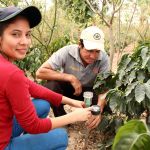
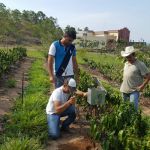
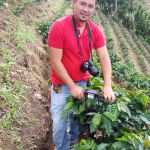
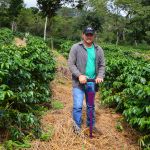
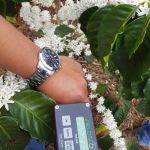
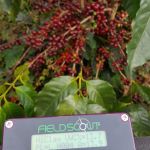
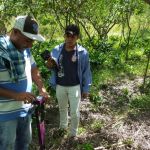
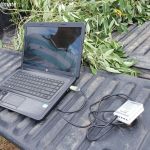
That’s a good idea to weigh some soil before and after drying it. I would think that would give you an idea of how much of it was water. Then you could see how much water you need to add or how much to dry the soil.